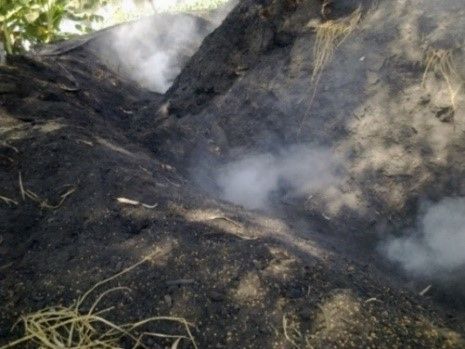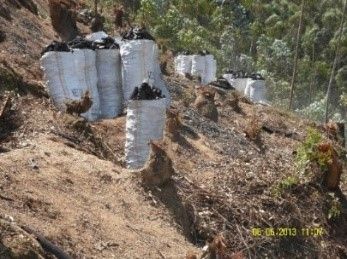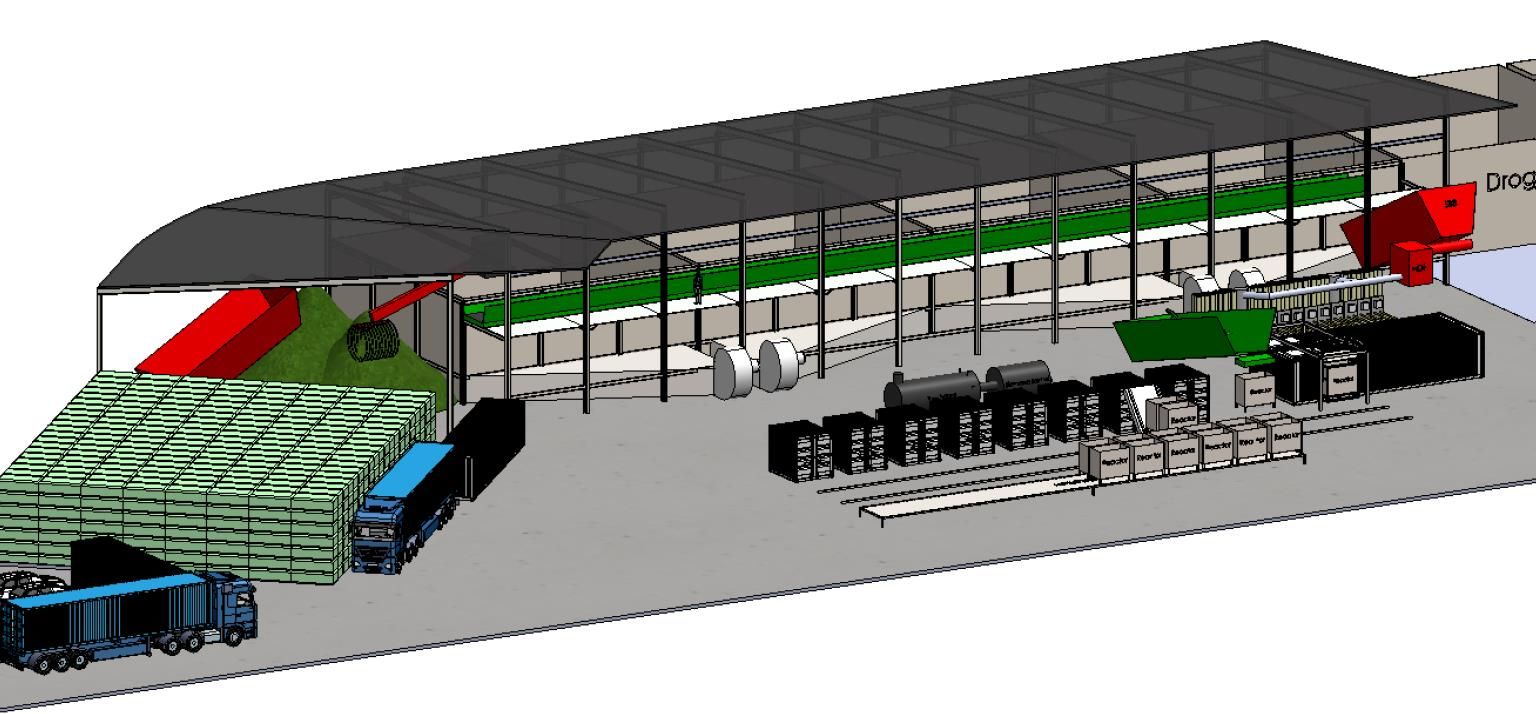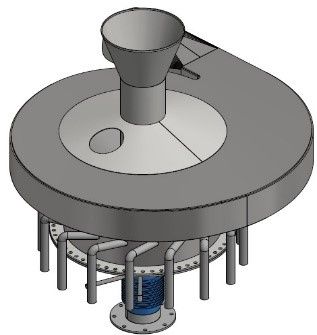Pyrolysis


Worldwide charcoal is produced using this technology in so-called ground kilns, as it requires only very little investment. These kilns are not very efficient and produce a lot of emissions both to the environment and the people! SR2.0 has developed with her sistercompany CharcoTec a new multi retort kiln with no emissions to the environment nor to the people. This sound slike a batch process which basically it is, but by using multiple kilns the system still produces char on a continuous basis.


The second technology, fast pyrolysis, requires a higher reaction temperature and takes place at a much higher heating rate; it prefers therefore smaller particles for an optimal result and requires a constant feed. It will produce as main product oil, which needs further treatment to be converted in usable and practicable commodity at a rather high investment. It will however allow to convert a broad array of combustible waste materials like plastics, i.e. SR2.0 has the ideal reactor for the fast pyrolysis process, but it will need to be developed further. This reactor is a so-called Vortex reactor, which will secure a fast moving rotation of the feed material at the desired high temperature thus ensuring very turbulent and well stirred environment with maximum temperature control. Because of the short residence time the feed should be buildup of rather small particles.